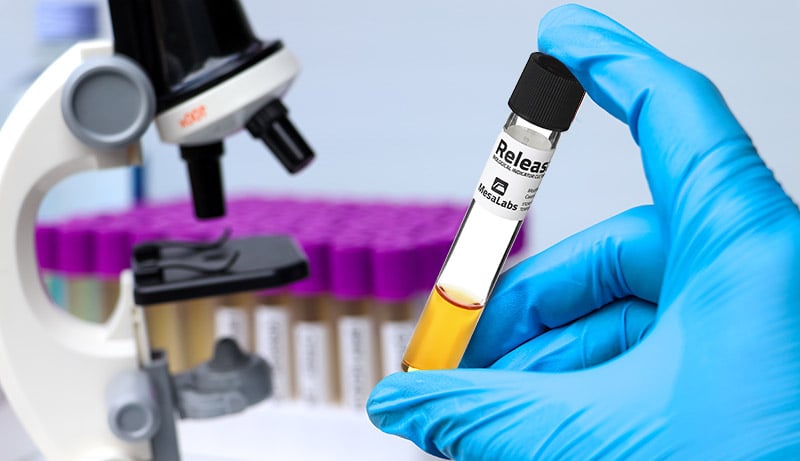The Hidden Costs of DIY PCDs: Why Homemade Solutions Cost More Than You Think

Introduction
Process Challenge Device (PCD) alternatives for ethylene oxide sterilization of medical devices require a comprehensive total cost of ownership assessment. While homemade PCDs appear economically attractive from unit cost perspectives, operations managers evaluating PCD strategies must consider development costs, ongoing operational overhead, validation requirements, and supply chain complexity that extend well beyond initial material expenditures.
Development and Validation Investment
Homemade PCD development requires substantial upfront investment across multiple technical disciplines. Material selection, assembly procedure development, and performance validation can consume hours of specialized engineering time.
Moreover, validation requirements compound these development costs significantly. Establishing D-value characteristics requires resistometer testing or extensive biological validation studies. Most homemade PCD programs omit resistometer testing due to equipment costs and technical complexity, creating ongoing validation gaps that require continuous management. Furthermore, homemade PCDs can demonstrate higher variability in performance compared to manufactured alternatives, increasing the probability of batch failures and process investigations.
Component qualification represents another hidden cost category. Each material used in homemade PCDs requires supplier qualification, incoming inspection procedures, and change control protocols. This supply chain management overhead can contribute to material costs while requiring ongoing administrative resources.
Operational Overhead
Assembly and quality control activities create recurring labor costs. Instead of stocking finished devices, medical device teams are managing multiple component types with different expiration dates, storage requirements, and supplier lead times. This inventory complexity increases working capital requirements and warehouse overhead.
Furthermore, revalidation cycles create recurring cost spikes every 1-2 years.
Unlike commercial PCDs with established performance data, homemade solutions require periodic revalidation to demonstrate continued effectiveness, especially when suppliers or materials change.
Contract Sterilizer and CDMO Considerations
Contract sterilizers and CDMOs face amplified cost exposure due to client relationship impacts. When homemade PCD programs experience performance issues, the resulting client confidence impacts can far exceed the direct costs of investigation and remediation.
Cost of Ownership Reality
Commercial PCDs provide superior value when development costs, operational overhead, failure risks, and opportunity costs are properly evaluated.
Mesa's PCD solutions eliminate development costs, provide established performance characteristics, and include technical support infrastructure that reduces validation timelines and operational complexity. The broad resistance range (3-58 minutes) accommodates diverse applications without requiring custom development programs.
Strategic Sourcing Decision Framework
Leading medical device manufacturers recognize that specialized capabilities require dedicated expertise and infrastructure rather than internal development. PCD technology represents a core competency better developed by dedicated suppliers like Mesa Laboratories than replicated across individual device companies.